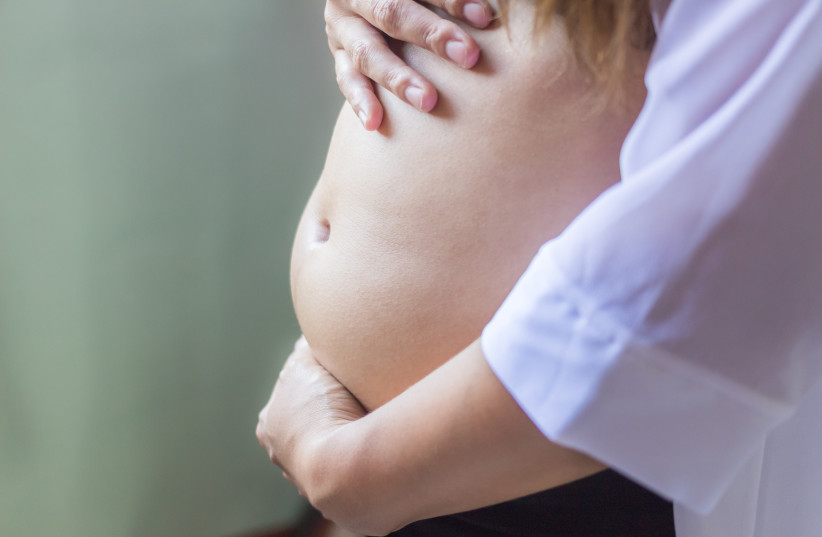After giving birth to her son Levi James in May, Jaiden Ashlea is due to deliver him for the second time in July. How is this possible?
The operation was part of a medical plan to save the baby's life.
Spina bifida
In the 18th week of her pregnancy, the fetus of the 23-year-old pregnant mother was found to have a birth defect called spina bifida, a congenital malformation that develops in fetuses in the first month of pregnancy, and manifests itself in an opening in one or more vertebrae in the spine. Children who live with spina bifida have a wide range of medical problems.
"I was in shock. I couldn’t speak when the doctor told us," said Ashlea.

Initially, doctors in her hometown of Jacksonville, Florida, told her and her fiancée Noah Detrick, 23, that their first child would be born with brain death and would have no chance of leading a quality life.
"I remember saying to myself, 'This isn’t real, it’s not happening,' Ashley said, adding that doctors encouraged her to terminate the pregnancy. "It was a nightmare."
Jaiden Ashlea
But after receiving a second and third opinion from experts in Orlando, Ashley learned that there was hope. So, she had a relatively rare surgery to repair the fetus’ spine while she was still pregnant.
The treatment
Before she was approved for surgery at Winnie Palmer Hospital in Orlando, Ashley underwent a number of medical tests since every year, only several hundred mothers and their fetuses meet the criteria for this invasive treatment.
About six weeks after the diagnosis she entered the operating room. Doctors drained her amniotic fluid, carefully cut open her abdomen and successfully repaired the defect that had affected the L2 vertebrae in the baby's lower back.
They then repositioned the fetus inside the womb, stitched it up and put Ashlea on strict bed rest until the baby will be developed enough for an actual cesarean birth at 37 weeks. The procedure was under general anesthesia and took about six hours. At 27 weeks, Ashlea could definitely say that her fetus’ health has improved.
"Since the surgery, the doctors have seen so much more movement and signs of improved brain development," she said, adding that doctors expect her son to have no walking problems. Yet, he will likely need to undergo physical therapy from birth to at least 18 years of age.
But his progress after the surgery is quite promising. "He kicks his legs and twists his ankles. I can feel him moving."
